I’m from Norway, but I live in Bangkok, Thailand. Before I started VHDLwhiz, I worked as an FPGA engineer in the defense industry. I earned my master’s degree in informatics at the University of Oslo.
Similar Posts
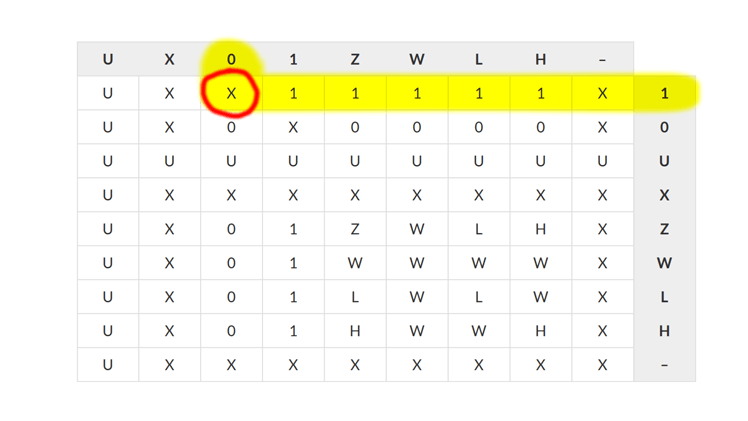
std_logic vs std_ulogic
VHDL includes few built-in types but offers several additional types through extension packages. Two of the most widely used types are std_logic and std_ulogic. The difference between them is that the former is resolved while the latter isn’t. Before we go on to investigate what it means that a type is resolved, let’s first look…
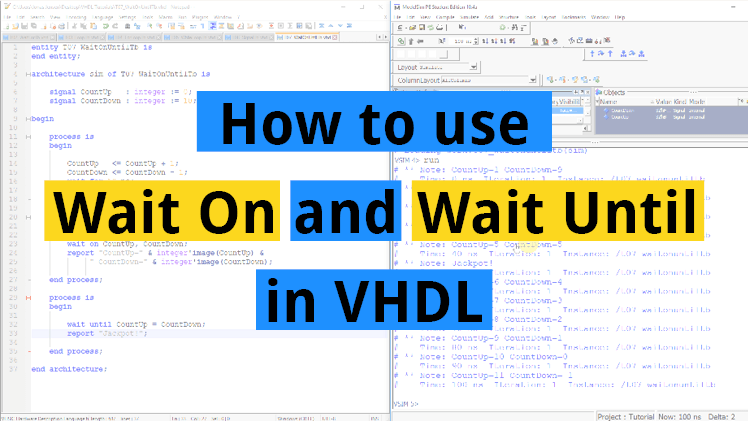
How to use Wait On and Wait Until in VHDL
In the previous tutorial we learned the main differences between signals and variables. We learned that signals have a broader scope than variables, which are only accessible within one process. So how can we use signals for communication between several processes? We have already learned to use wait; to wait infinitely, and wait for to…
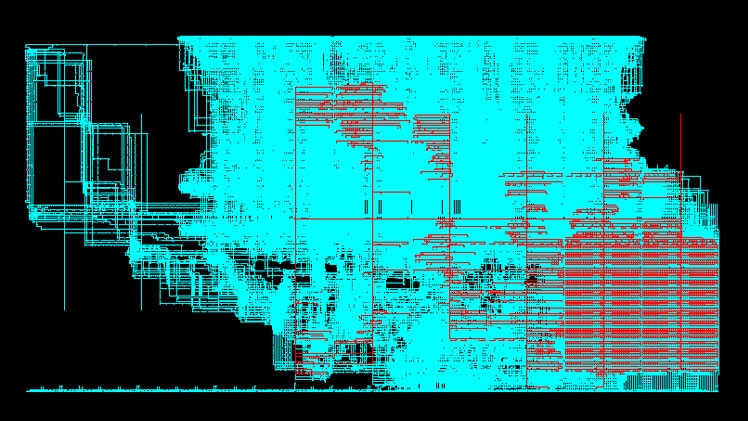
Why you always need a testbench
As most hardware engineers, I started off my computer science career by learning a sequential programming language. The first language I learned at the University of Oslo was Java. While it’s not considered to be the most exciting language today, at the time, Java was at the pinnacle of its popularity. The engineers who built…

Basic VHDL quiz – Part 3
Test your progress with this VHDL quiz after completing tutorials 12-17 from the Basic VHDL Tutorial series!
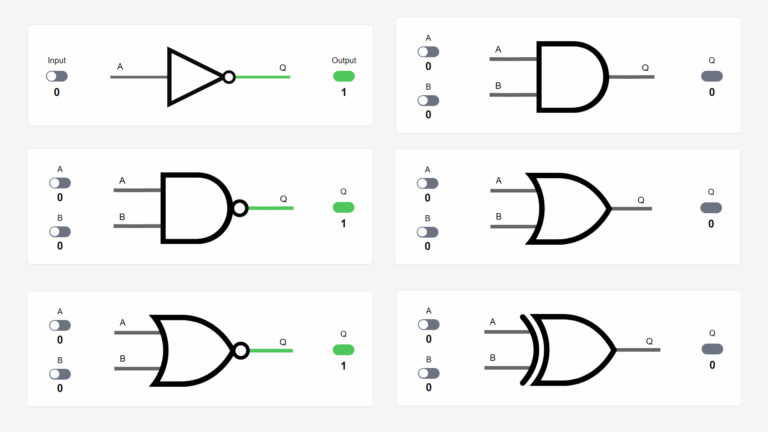
Logic gates interactive demo
The basic logic gates NOT, AND, NAND, OR, NOR, XOR, and XNOR are fundamental building blocks in digital circuits corresponding to Boolean operators.
Play with the switches to see how the outputs change! 😀
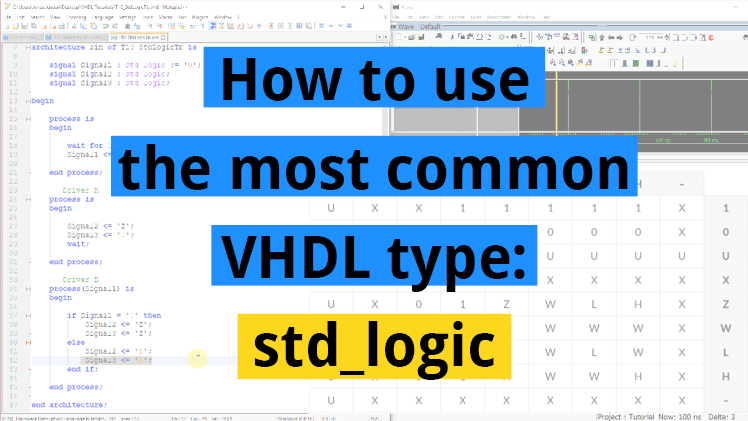
How to use the most common VHDL type: std_logic
The most common type used in VHDL is the std_logic. Think of this type as a single bit, the digital information carried by a single physical wire. The std_logic gives us a more fine-grained control over the resources in our design than the integer type, which we have been using in the previous tutorials. Normally,…

Though those two codes are logically equivalent, the right one infers a transparent latch, it shouldn’t be used for synthesis.
I don’t think it does, but I’m not 100% sure what the synthesis tools do all the time.
This will infer a latch:
process(InSig) is begin if InSig = '0' then OutSig <= '1'; end if; end process;This shouldn’t create any latches:
process(InSig) is begin OutSig <= '0'; if InSig = '0' then OutSig <= '1'; end if; end process;A link to the question:
https://vhdlwhiz.com/wp-content/uploads/2017/09/quiz_part-2-q6.png
Hi sir, You designed this course very well and advanced. I am happy to recommend this course to my friends.
I’m glad you enjoyed it! And thanks for taking the time to leave a nice comment.